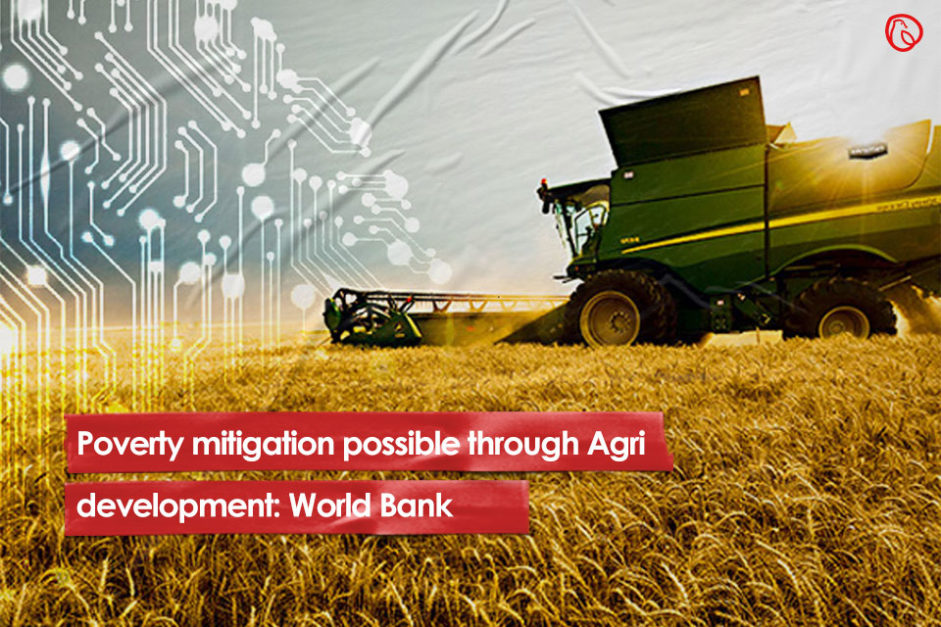
ISLAMABAD: According to the World Bank, agricultural development can alleviate poverty, enhance shared prosperity and provide for a projected 9.7 billion people by 2050.
Farm output constitutes 18.5% of Pakistan’s Gross Domestic Product (GDP). However, the small farmers which make up 38.5% of the national labour force are neglected and marginalised.
In an interview to a media outlet, President Pakistan Kissan Ittehad (PKI) Khalid Mehmood Khokhar said, “Small scale farmers constitute 60% of Pakistan’s rural population while their economic survival depends completely on agriculture. Following Pakistan’s law of inheritance, large landholdings have been getting divided into smaller portions while passed on to next generations. Thereby, decreasing per farmer land holding ratio as well as the average farm size in Pakistan which now stands at 5.6 acres, being less than half of what it was back in 1972. This cutting up of land into smaller pieces has also resulted in reducing the economic incentive to an already marginalised farmer.”
He suggested digital microfinancing and inclusion of the latest communication technologies to provide a channel to the small farmers across the country for their technical assistance on adopting modern agriculture techniques.
For more news and blogs, visit graana.com
Rawalpindi: The Rawalpindi Development Authority has said that the long-awaited Rawalpindi Ring Road project is…
Here is a concise, professional rephrased version of the news: Saudi Arabia Approves Regulatory Sandbox…
Islamabad: Chairman of the Capital Development Authority (CDA), Muhammad Ali Randhawa, chaired a high-level meeting…
The 19th Real Estate Development Summit Saudi Arabia – Luxury Edition concluded after two days…
Islamabad: The Shaheen Chowk underpass is expected to be inaugurated next week after nearing completion,…
Dubai’s luxury real estate market has reached a new milestone in 2025, with a prime…